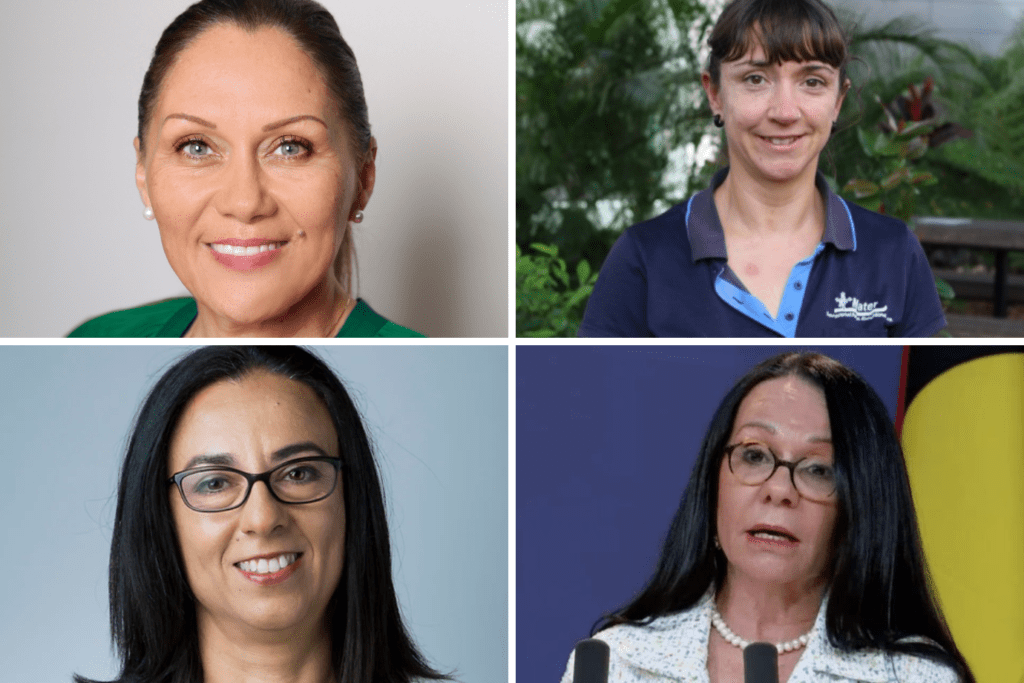Australia often promotes its reputation as one of the world’s most multicultural countries, but when it comes to health, and our healthcare system, there are certain groups that experience better outcomes than others. And when it comes to women, there are many groups being left behind by a system that tends to apply a generalised lens to all women, and fails to be inclusive.
Culturally and linguistically diverse women, women with disabilities, and those within the LGBTQI+ community are some of the groups that face additional barriers accessing and receiving adequate healthcare. This week, we’re looking into how we can ensure quality healthcare is delivered for all women in Australia, across all backgrounds, religions, and contexts. We also investigate some of the ways we can protect the women currently left behind by the system’s failure to safeguard everyone.
There are major gaps in outcomes experienced by Aboriginal and Torres Strait Islander women in today’s health system, something that stems from a long history of racism and exclusion. While Australia is considered one of the safest countries in the world to give birth, Aboriginal and Torres Strait Islander women are three time more likely than non-Indigenous women to experience maternal death. They are twice as likely to have cardiovascular disease and experience higher rates of many cancers, including breast, ovarian and cervical cancer.
As Donna Murray, the CEO of Indigenous Allied Health Australia recently told our Womens Health @ Work Summit, some of these gaps can be due to a lack of access to services.
“If you take breast cancer, as an example, the data will show us in 2018 that only 37% of Indigenous women aged between 50 and 69 participated in the breast screening program compared to 54% of non-Indigenous women,” Murray said.
“Yet, we’re more likely to be diagnosed with breast cancer. So, access to services is critical to special services, but also making sure that’s culturally safe and responsive, making sure we have access to communication and educational resources that are appropriate for Aboriginal Torres Strait Islander women.”
Data on domestic and family violence shows Aboriginal and Torres Strait Islander women are 32 times more likely to be hospitalised from violence. Linda Burney, federal shadow Minister for Families and Social Services and for Preventing Family Violence, told our Summit that we must focus on making sure Aboriginal and Torres Strait Islander women have access to safe and adequate housing in order to improve health outcomes.
“I have come to the view that we can have all the best domestic violence policies in the world, we can have all the best health policies in the world, but if you don’t have the fundamental building block of decent housing, then the rest is a waste of money,” Burney says.
“We need to understand there is another world in this country and that world is poverty. It is 20 people living in a three-bedroom home. It is the lack of capacity to turn on the tap and get clean water and it is impossible to stay safe and healthy in an environment where the living conditions are intolerable.”
Meryl Jones, a refugee health nurse, also features on the Women’s Health Project this week, sharing some of the issues migrant and refugee women in Australia experience when it comes to accessing Medicare and appropriate services, like interpreters.
Jones says without access to Medicare, some migrant and refugee women can’t get to a GP, or access hospital services including essential health screenings. She points out that investing in accessibility now would actually save a lot of costs in the health system down the track.
“If we’re going to get down to health dollars, it actually saves lots of costs across the health system. Because, using interpreters, for example, reduces the risks of medical errors, which first and foremost, is important for individual patients, but if we’re going to be cold and hard-nosed about it, it also saves money across the health system as well.”
So what would make our healthcare system more inclusive?
First, we need a greater understanding of the gaps. Then, commitments – particularly dedicated funding – for closing them.
Also, a more diverse and inclusive workforce would go a long way to improving outcomes for marginalised women. And it would help to ensure culturally responsive care is actually embedded in the system. Improving continuing education for healthcare professionals would also be a good step.
“Health professionals need to understand the complete person when they’re working with individuals,” says Mary Patetsos, the Chair of the Federation of Ethnic Communities Councils of Australia.
“Women interface with their families and almost always are the custodians of the health of the family. So it’s really important to make sure that we message, we empower women to communicate back to families why things are important.”


